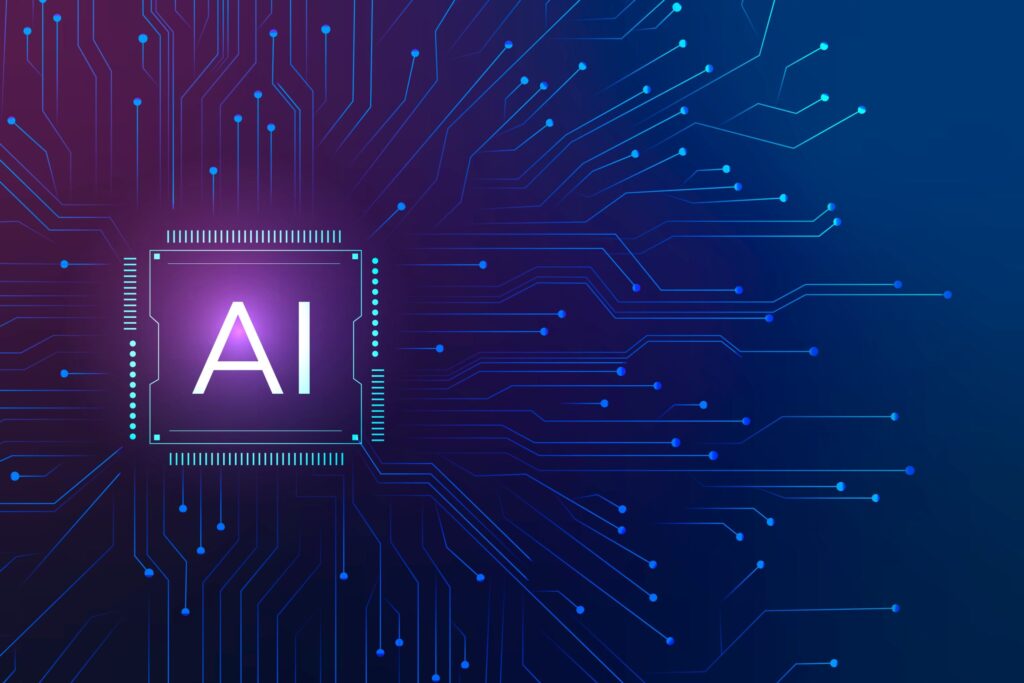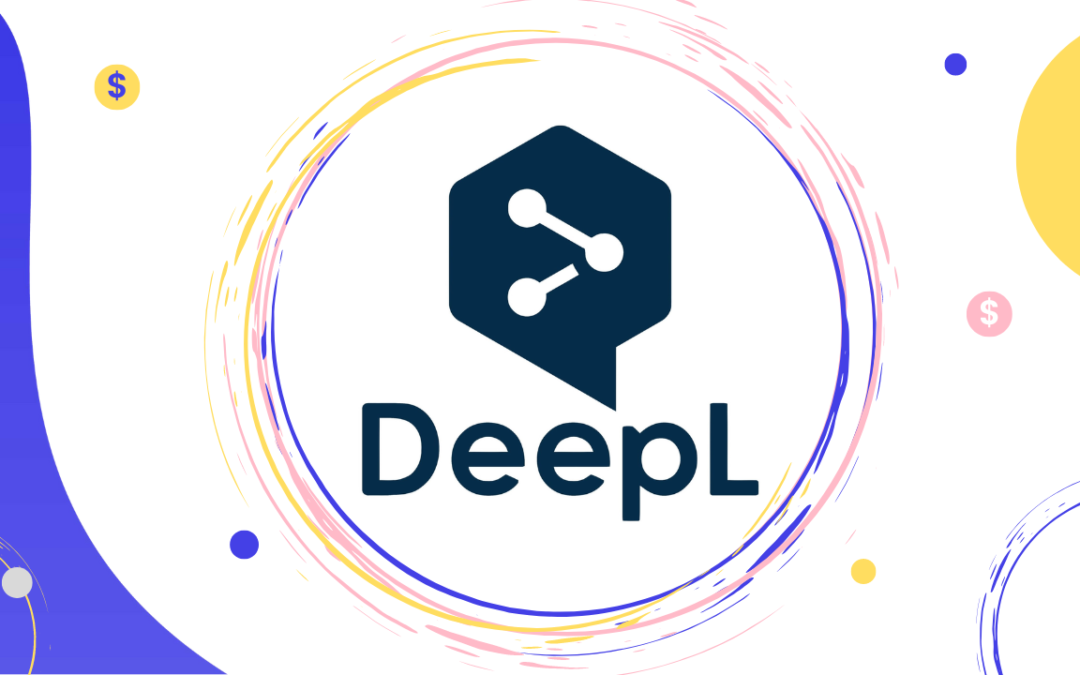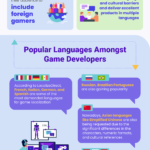Did you know game studios released 64% more games in 2021 than 2020? With more and more games entering the market every day, game studios are looking for a way to stand out. That’s where game localization comes into play. Increasingly, game creators rely on AI machine translation engines, primarily through DeepL and DeepL Pro – but does it benefit your game globalization efforts, or does it cause you more headaches?
Table of contents
Globalization is a key factor in a game’s success. Your audience grows a lot with every language you translate your game into. The question is how to translate your games.
In times past, human translators were the only solution to translate content. But as AI language technology improves, machine translation service is taking center stage.
DeepL translator is being heralded as the next big thing of these machine translators. It draws from databases of hundreds of human-translated documents. Experts say it’s better than Amazon Translate or the long-reigning champ, Google Translate.
Does that mean you can use DeepL for the localization of your game?
To help you decide, we’ve put together this in-depth review of localizing games with DeepL. Read on for the pros and cons of the software and whether you can trust it with your game.
What is DeepL?
DeepL is a neural machine translation service (NLM) that has been around since August 2017. Owned by DeepL SE, it is based in Cologne, Germany, and in the beginning, started as the entity DeepL.
The DeepL translator was developed within Linguee, a multilingual online dictionary, and offered supported language translations between seven different European languages at first. But over time, this number eventually expanded to 29 other languages. Besides, estimates of language equivalence are proposed among these various languages thanks to an English pivot step in the middle of the entire process. A paid subscription unlocks some extra features and access to its translation application programming interface, DeepL API.
DeepL translator made headlines for claims of improved performance compared to the big guys, like Google Translate and Microsoft Translator back in 2017, referring to the BLEU scores. BLEU stands for bilingual evaluation understudy. In this, researchers compare texts from human translators automatically to machine-translated ones. The idea is that the closer the machine-translated text is to that of the translator, the higher the quality. Current DeepL BLEU scores from January 2020 surpass the competition by far in the most common language pairs.
How Does DeepL Translator Work?
DeepL Translator is powered by artificial neural networks, which have been improved in four areas: network architecture, training data, training methodology, and network size. The dev team achieved higher translation quality than other public research systems by targeting special training data, using other techniques from machine learning, and ensuring efficient use of the network’s parameters. Their largest competitors train translation networks with many billions of parameters. However, and back then, DeepL has achieved similar translation results with its smaller and faster networks.
The Pros of DeepL Machine Translation
The pros of DeepL for localization are that it’s like Google Translate but better. Here are the areas where critics sing its praises.
Free Version Available
Cost is always a concern when investing in any product’s translation. One of its biggest advantages is its free version. This allows game developers to translate their games into a multilingual phenomenon quickly.
DeepL API
The DeepL API provides access to the neural machine translation technology that can be used for computer-assisted translation (CAT) tool, website localization, company communications, multilingual product building, and more. It supports .docx, .pptx, .txt, PDF, and HTML files, and offers increased data security. You can also add its API into your iOS and Android application or proprietary desktop apps. A free plan allows for 500,000 characters to be translated per month, and a DeepL Pro plan allows for unlimited translation with usage-based pricing.
Learns as It Goes
Machine translators and machine learning go hand in hand. DeepL is constantly getting better as it learns from every translation it makes.

DeepL vs Google Translate: A Better Machine Translation
Is DeepL better than Google Translate? The biggest value is that it’s “better” than its rival, Google Translate.
DeepL offers features not found in Google Translate. These include a custom translation tool that allows you to set rules for your account.
For example, you may always want a word like “cash” translated in a specific way throughout your game. DeepL allows you to set that translation memory rule to be consistent.
And in comparison, critics say that DeepL offers a more accurate translation. Specifically, studies found it to be 13% more accurate across data sets than Google. However, neither are actually good enough.
The Cons of DeepL Machine Translation
Is DeepL accurate? Compared to rivals like Google Translate, it certainly is. However, machine translation is still too stilted and flawed to capture the nuances of a game. So, can you use DeepL for localization of your game?
Here are the biggest issues with DeepL – and all machine translation software – for game localization.
Limited Languages
First of all, DeepL is only available in 28 languages. This limits the worldwide application of your game.
The three most common native languages are Chinese, Spanish, and English. But Chinese is a newer addition to the software. So its accuracy will be even less reliable than the European languages available.
Plus, Hindi, which is the third most widely spoken language, isn’t available.
If you want to enter the Asian markets, machine translation isn’t a viable route.
Quality Varies in Each Language
When you work with human translators, they are experts in specific language pairs. That is, translating back and forth between two languages, like English and Japanese.
An AI translator is also better and worse at specific language pairs. For example, you might find DeepL’s English-to-Spanish translation good. But that doesn’t mean English-to-Polish will be.
The reason is the lack of training data. Also, newer language pairs still need human supervision for reinforcement learning and to improve the machine learning models. The quality of the translated text is still not on par with languages that have been available for a longer time and that have a bigger data set.
Unless you speak both languages, you cannot know if the translation is good enough. Then, you may feel the need to consult a human translator for localization quality assurance. It would have been quicker to start with them in the first place!

Translation Privacy Issues
Does DeepL store data? We explained that the AI learns as it goes. To do that, it may store the translation for a period of time.
This data storage may only happen with the free version, meaning DeepL Pro’ is more secure. Nonetheless, running your entire product through an online platform presents important security concerns and can be data-mined by your players. Imagine using DeepL to translate a contract that you didn’t sign yet. There is a chance that bad actors will take advantage of it and may harm your business.
Limited Database
DeepL prides itself on its database of professionally translated documents. Its quality comes not from random source texts of varying quality but from sound translation.
While that should make DeepL better than other machine translators, it may also be its downfall. It learns as it goes, but its core strategy only comes from legal or medical document databases derived from Linguee, a huge online dictionary.
Assuming that these cover every area of translation, from legal to medical documents, it can’t have that much information to each area. So, its applications will always be greatly limited.
Context
This is most evident in a lack of understanding of context. Direct translation can only go so far. It can’t grasp culture and nuance.
This is particularly important in game localization. Game characters are usually larger than life, with attributes and quirks. These come across most in their speech.
So while machine learning algorithms can translate grocery lists (and even that at certain extent), they can’t handle conversations full of sarcasm, wit, and humor.
Specific Game Localization Issues with DeepL
Translation quality issues go beyond character speech. Here are specific areas that suffer when machine translators try to localize games.
Consistency
Humans know when to use which word and when to use the same word. Machine translation tools don’t.
Within the same sentence, machines may use wrong and confusing synonyms. But human translators ensure everything from your UI to your text is consistent, giving you high quality translations.
While DeepL Pro also offers a formal and casual mode to refer appropriately consistently, use cases show it’s still not working as well as intended.
Speaking of consistency: DeepL Pro’s glossary tool is exciting for implementing consistency in your translation efforts – on paper.
There are, once again, limitations as it’s only available for a handful of language pairs. After testing the tool and implementing a major data set of 5,000 entries with phrases, DeepL Pro gave us an error code. Breaking the data set down to 2,000 entries worked. Nonetheless, random strings weren’t uploaded and needed to be uploaded manually. After writing their DeepL support team, they informed us that this feature only works for short phrases, despite stating on their website that it works for phrases in general.
Technical Requirements
This consistency is critical with technical requirements. Especially on a mobile game project, different operating systems use different words.
For example, in French, the word “Settings” differs on Android and iOS. Machine translators don’t know that, so your game could clash with the devices.
Punctuation
Punctuation isn’t universal. Each language uses speech marks, brackets, and spacing differently.
This isn’t exclusive to non-Indo-European languages like Korean or Arabic. Even European languages have varying punctuation rules. Last we checked, DeepL doesn’t offer to make the appropriate adjustments.
Placeholders
Game language is full of placeholders. They can take the form of numbers, symbols, symbol combinations, or words in brackets.
Placeholders indicate where other things will actually go when the game is published. These could be:
- Button symbols
- Custom character names
- Numbers that vary based on gameplay
Machine translation isn’t built to handle game punctuation. It usually gets confused and moves the punctuation around to where it thinks it makes more sense. Manually adjusting each of these errors is very time-consuming, especially if you don’t speak the language. In other cases, placeholders get translated and can mess up the entire code.
User Interface
A game’s user interface (UI) is crucial to the entire gaming experience. If poorly translated, it can put players off before they even begin.
But surely UI features are easy to translate, just like the figurative grocery list mentioned earlier? Not necessarily.
A grocery list is full of nouns: milk, eggs, tomatoes. UI though often uses several verbs, like “save” and “quit.”
Machine translation gets confused when these verbs aren’t in a sentence but stand-alone. It usually uses the wrong sense of the verb, like “starting” instead of “start.” This makes your UI seem offputtingly unprofessional, affecting your game localization efforts.
Language Nuances
Finally, as we’ve already touched on, machine translation can’t capture the nuance of a language. It’s effective for direct translation, but those translation results aren’t what you need.
For your characters to come alive, their dialogue needs to make sense. Otherwise, players will skip it and miss out on the heart of your game.
For example, say one of your characters often uses the exclamation “Oh shoot!” It won’t make sense if that’s directly translated into languages without that expression. Only human translators know how to replace it with a similar exclamation in the target language.
But what if your game doesn’t have lots of dialogue? Are language nuances really that important?
It doesn’t matter how much or how little text is in your game. If it’s poorly translated, it doesn’t make for a good gaming experience. This is true for free mobile games to $100 console ones.
A localization project manager must ensure that their game’s translation is flawless enough that players don’t even notice it. Otherwise, the game won’t take off, and investing in overseas markets will have been a waste of time.
The Most Reliable Machine Translation Tool
So, is DeepL a good translator? It depends. Machine translation is a game-changing translation tool for communication. But it’s no replacement for human translators, despite its accuracy compared to competitors and low cost. The free DeepL and the DeepL Pro versions have pros and cons, from costly privacy concerns to buggy features and inconsistent translation.
If you’re trying to achieve game localization, where should you start? There are countless specialist translation services available around the world.
But it’s best to work with game-specific translators if you’re translating a game. SandVox Solutions understands the nuances of video game language styles. We’ll make sure your game comes across with all the humor and grit you intended.
We want to hear about your game! Talk to us today so we can make your globalization dreams a reality.






